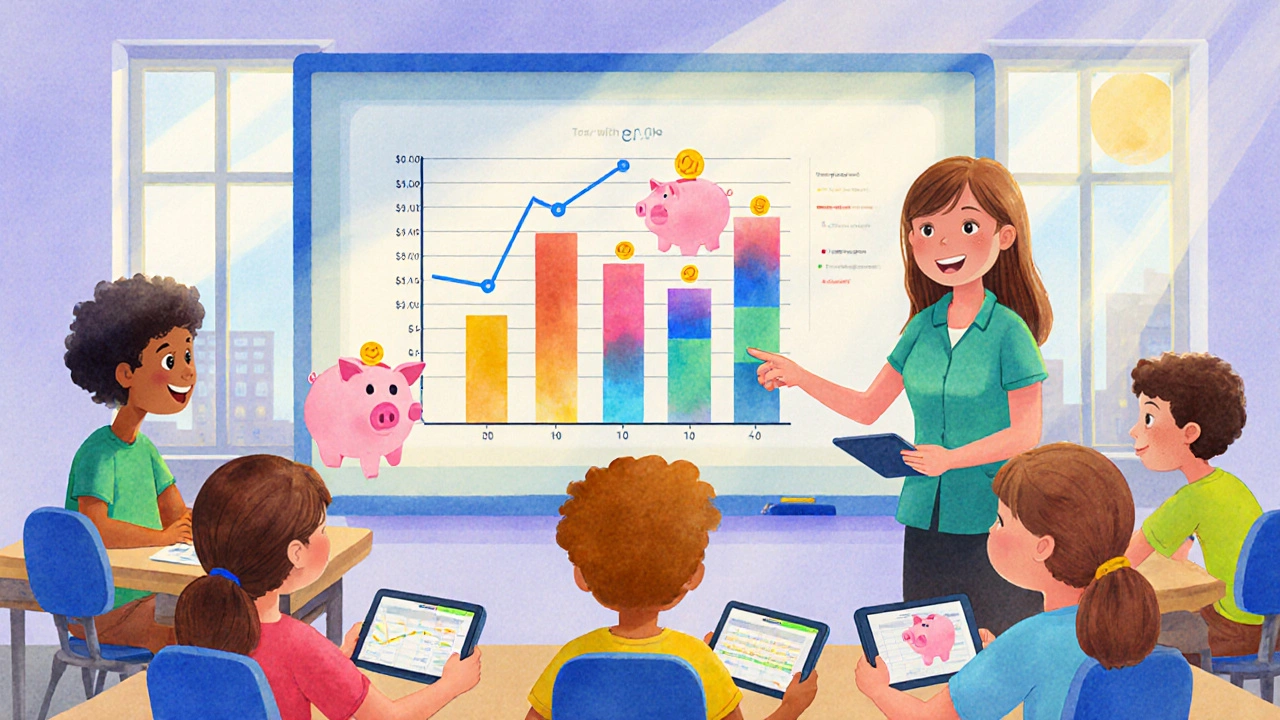Fintech in Schools: How Digital Finance Education Is Changing the Next Generation
When we talk about fintech in schools, the integration of digital financial tools and education into K-12 and college curricula. Also known as digital finance education, it’s no longer about teaching kids how to balance a checkbook—it’s about helping them understand apps that invest $5, track crypto, and avoid predatory loans. This isn’t theory. It’s happening in classrooms across the U.S. and Europe, where students are using real platforms to simulate investing, compare fees, and even manage mock portfolios with real-time market data.
What makes fintech in schools different from old-school personal finance classes? It’s hands-on. Instead of memorizing interest rate formulas, students use apps like Robinhood or Acorns to buy fractional shares. They learn how mobile malware, malicious software targeting financial apps to steal login details and bypass biometrics can hijack accounts, and why separating emergency funds from spending money matters. They see how fractional share trading, the ability to buy tiny pieces of expensive stocks like Amazon or Tesla with just a few dollars opens doors they never had before. And they don’t just learn about it—they do it.
But here’s the gap: most programs still skip the hard stuff. They teach budgeting but not how spread risk, the volatility in mortgage REITs caused by changing interest rates and loan margins can wipe out returns. They mention crypto but don’t explain how stablecoins help people in countries with collapsing currencies. They talk about brokers but never compare discount vs. full-service fees. That’s why the posts here matter—they fill those gaps with real examples, real data, and real trade-offs.
If you’re a teacher, parent, or student wondering if fintech in schools is worth the effort, the answer is yes—but only if it’s done right. The goal isn’t to turn every kid into a day trader. It’s to give them the tools to avoid debt traps, spot scams, and build wealth without needing a finance degree. The posts below show exactly how that’s being done—with tools, strategies, and lessons that work in the real world, not just on paper.




